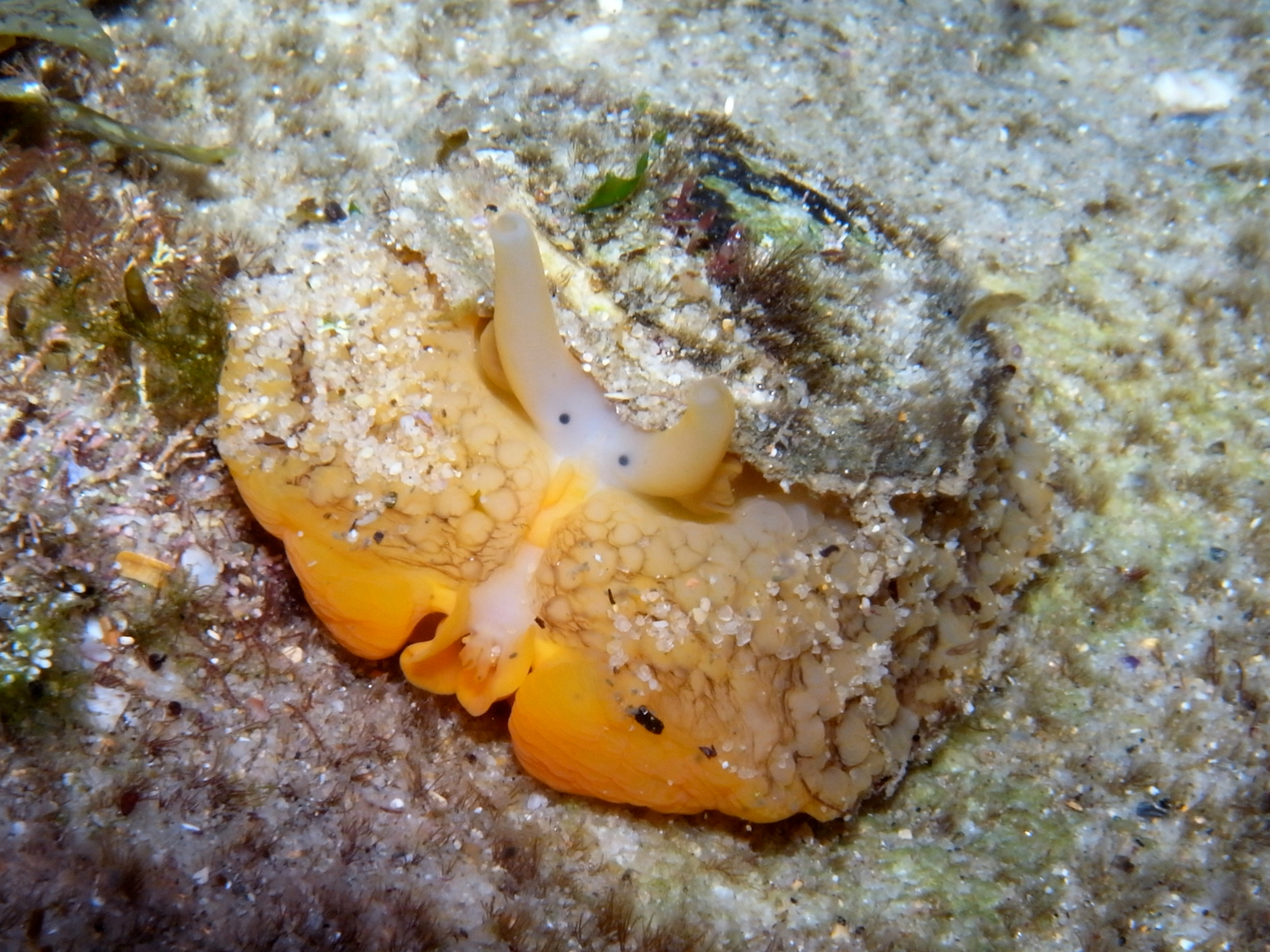
What Is the Toothiest Animal on Earth?

Peek inside a few animal mouths and you'll see evidence of evolution's finest work. Take snakes, whose teeth are needle-thin and spiked with venom — excruciatingly efficient instruments for killing prey. Or walruses, which use their massive teeth like ice picks to haul their heavy bodies along the ground. In hagfish, hook-like teeth that line the gullet are ideal for macerating the flesh into which they burrow, headfirst.
But, fancy fangs aside, when it comes to numbers, which animal on earth boasts the most?
As it turns out, there's some stiff competition for the title of toothiest creature, depending on where you look — and what you define as a "tooth." Here are some of the best contenders. [Why Are Teeth Not Considered Bones?]
On land
Deep in South America's rainforests, the giant armadillo (Priodontes maximus) tops the land mammal tooth count, at 74 teeth. That number may not seem wildly impressive, but it's high for mammals, who are actually some of the least toothy creatures on Earth.
Egg-laying mammals like platypuses have no teeth, marsupials like opossums have around 50, while humans have a measly 32, said Robert Voss, curator in the Department of Mammalogy at the American Museum of Natural History in New York City. In this context, "the giant armadillo is definitely an anomaly," he told Live Science.
There's an interesting reason behind this. Most mammals are 'heterodonts,' meaning their teeth have more than one shape and are complex, enabling precise interactions between the upper and lower jaw. This equips mammals to really mash up their food, which increases the food's surface area and enables them to absorb more energy and nutrients. "Fewer teeth mean[s] they can focus on very precise types of contacts, and interactions, between opposing teeth" and thus maximize on energy consumption, said Peter Ungar, a paleoanthropologist at the University of Arkansas who studies how mammal teeth evolved.
But, unlike other mammals, giant armadillos are homodonts, meaning their teeth are less complex: "At the front, their teeth look sort of like sharp chiclets. Towards the back they look like pegs," Voss said. These simpler gnashers suit a diet of soft-bodied invertebrates, which require only a little crushing to release energy. "Think of it like bubble tea: You don't really need to chew those knobs up," Voss said. Evolutionarily speaking, having simpler teeth means more can fit in the mouth. Add to that the giant armadillo's long jaw, and the combination explains why these mammals are able to pack in more teeth than most.
Sign up for the Live Science daily newsletter now
Get the world’s most fascinating discoveries delivered straight to your inbox.
At sea
Giant armadillos, however, "can't hold a candle to some fish, which can have hundreds, even thousands of teeth in the mouth at once," Ungar told Live Science. That revelation takes us plunging into the ocean — and into the jaws of requiem sharks, which are most likely the toothiest of all vertebrate animals, according to Gavin Naylor, director of the Florida Program for Shark Research.
This comes down to their rotational teething system — a smart biological hack that all shark species have. Instead of just one line of teeth rooted in the jaw, sharks grow multiple rows inside their mouths. These are tethered only to the skin covering the jaw, allowing them to move forward to replace lost teeth. Asked why sharks have this system, Naylor said, "I think a better question is, why don't we? No dentist required!" Crucially, this perpetual conveyor belt enables sharks to replace the teeth they frequently lose in ferocious battles with their prey: "Teeth are important for feeding, so replacing them continuously could confer tremendous advantages," Naylor said. [What Animal Is the Fastest Swimmer?]
So, what kind of numbers are we talking about? At any given time, requiem sharks will have a few hundred active teeth in their mouths. But over the course of their lifetime, "estimates suggest some species of requiem sharks may grow and shed 30,000 teeth," Naylor told Live Science. That's threefold more than the great white (Carcharodon carcharias), which goes through about 10,000 during its lifetime.
And yet, that's still overshadowed by one small creature whose toothiness outstrips us all.
The winner is ...
Peer through a microscope inside a sea slug's mouth, and you will find a forest of spikes so fearsome that they could be the inspiration for Ridley Scott's 1979 film, "Alien." These are slug teeth, and some species have several hundred thousand enclosed within their mouths.
Slugs belong to the class of animals called gastropoda, a generally toothy bunch that also includes limpets and snails. Their spikes don't fit the strict definition of "teeth": traditional ones like ours are made from calcium phosphate, and are typically found in vertebrate animals. Gastropod teeth — also known as "radula" — "are essentially ribbons of chitin, the same material as insect exoskeletons," Ungar told Live Science.
But, technicalities aside, gastropod radula still have the same function: They help slugs, snails and limpets to eat. "The radula is used by both carnivorous and herbivorous molluscs to rasp fragments of food into their mouth — hence the Latin name 'radula' [which means] 'little scraper,'" said Tom White, senior curator of noninsect invertebrates at the Natural History Museum in London. "Essentially, animals with radulae extend them — a bit like sticking out their tongue — and scrape at whatever they are feeding from," he told Live Science.
As the teeth wear down (creatures like sea slugs spend a lot of time scraping at rocks for food), "they are replaced by new ones that form at the back of the radula and move forward, similar to the continuously growing conveyor-belt rows of teeth in sharks," White said. (You can see a photo of it here.)
As for the species that takes the ultimate prize for most teeth: Those are the umbrella slugs (Umbraculum umbraculum), colorful sea-dwelling slugs that go through an unbelievable 750,000 of these chitinous teeth in a lifetime.
Compared with this array of fascinatingly toothy animals, our own human gnashers simply don't cut it, Ungar said. "Our teeth are boring!"
- Why Do We Grind Our Teeth?
- Why Do Your Teeth Feel Weird After Eating Spinach?
- Why Do Teeth Turn Yellow?
Originally published on Live Science.

Emma Bryce is a London-based freelance journalist who writes primarily about the environment, conservation and climate change. She has written for The Guardian, Wired Magazine, TED Ed, Anthropocene, China Dialogue, and Yale e360 among others, and has masters degree in science, health, and environmental reporting from New York University. Emma has been awarded reporting grants from the European Journalism Centre, and in 2016 received an International Reporting Project fellowship to attend the COP22 climate conference in Morocco.









